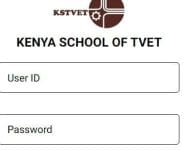Universities have begun issuing letters based on a new financing model that represents a significant shift towards equitable education funding. Under this model, students from the most vulnerable backgrounds, classified in Band One, pay as little as 9,000 KES per year. This progressive approach ensures that education is accessible to the neediest, leaving no one behind.
Students from wealthier families with steady incomes are required to pay more, with fees adjusted commensurate with household income. This is a departure from the previous model, which did not differentiate between the financial capabilities of students’ families, thereby treating the children of high-income earners the same as those from low-income households.
The old model was criticized for its insensitivity to the economic disparities among students. It was unjustifiable for a household earning over 100,000 KES a month to pay the same fees as one earning less than 10,000 KES. Why should the child of a Member of Parliament receive the same level of financial support as the child of a local vendor? This new model addresses these disparities, ensuring that financial contributions are fair and reflective of each family’s economic situation.
See the revised fees structures for all courses below:

























